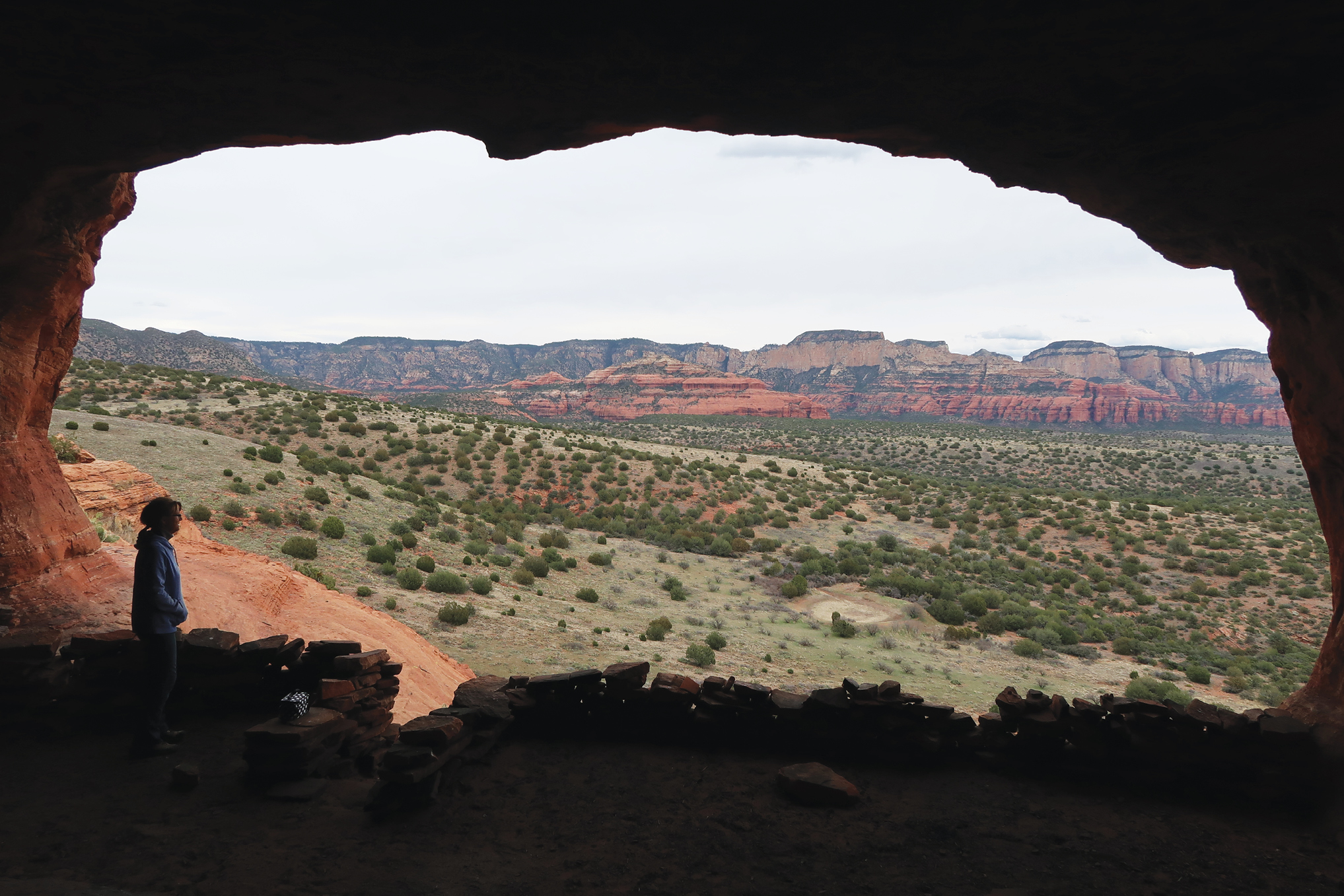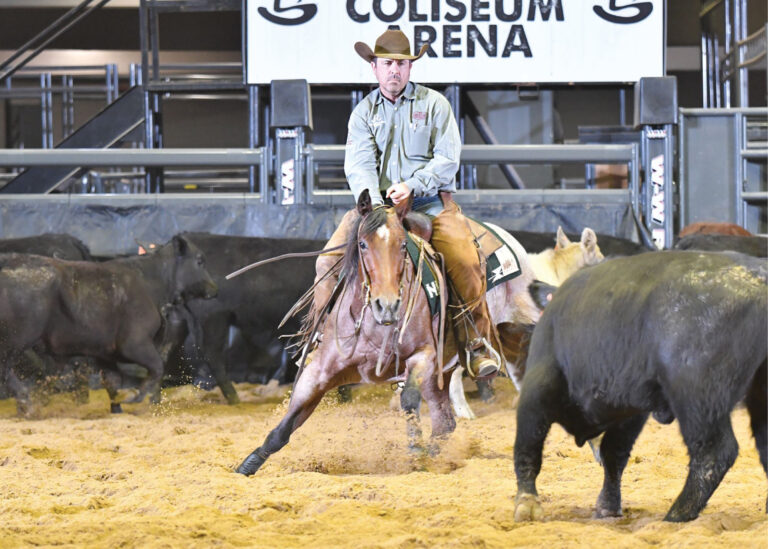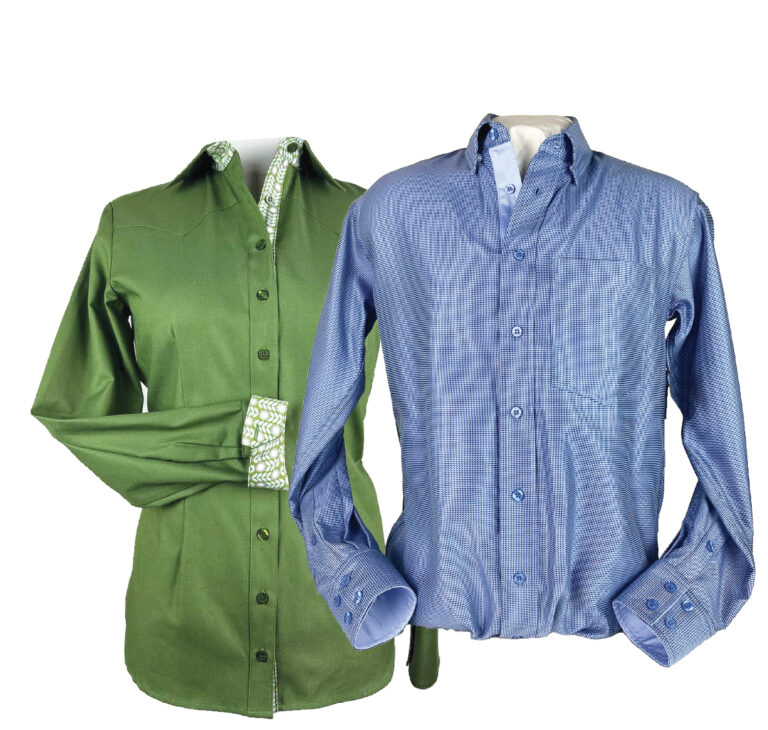Above the heat of the desert and below the chilly temperatures from Arizona’s high country sits Cottonwood, a beautiful destination that’s perfect for spring-weather riding. Ranked as one of the top 10 destinations in the United States, Cottonwood is home to several guest ranches offering exciting adventures both in and out of the saddle, and is filled with stunning trails to explore with your own horse.
We’ll share some of our favorite places to visit in Cottonwood and give you a list of things to see and do in between rides.
[MORE: TRAIL RIDING]
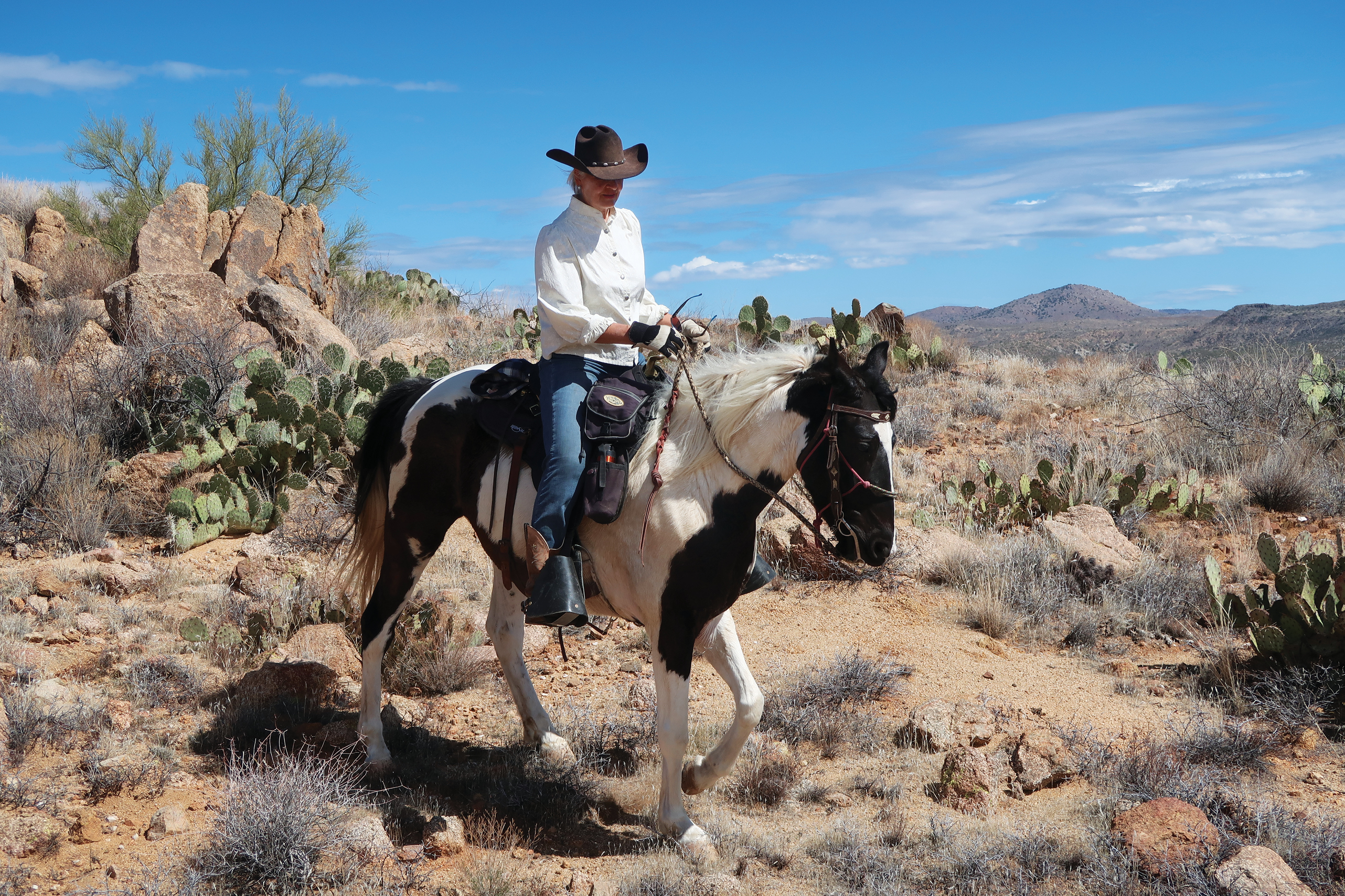
Bumble Bee Ranch
A working guest ranch that was started in 1998, Bumble Bee Ranch (bumblebeeranch.com) is a full-service facility on 190 acres, surrounded by 74,000 acres of Bureau of Land Management public land in the foothills of the Bradshaw Mountains, and can handle groups of people from one to 300.
Bumble Bee Ranch has two guest houses, tent and RV campsites (with or without electric), horse corrals so you can bring your own mount, restroom and shower facilities, and a large pavilion that’s perfect for meeting fellow guests and dancing the night away.
The ranch’s website provides 10 different trails that are accessible on horse and by foot; all start and end at the ranch. Rides vary from 1½ hours to 6½ hours and range from easy to technical and rocky, so you’ll be able to find a trek to suit you, no matter how long you’d like to be on the trail and how challenging a ride you typically enjoy. During your ride you may encounter sandy washes, water crossings, ATV trails, and cattle trails. Some trails even have water troughs available for your horse to drink from along the way.
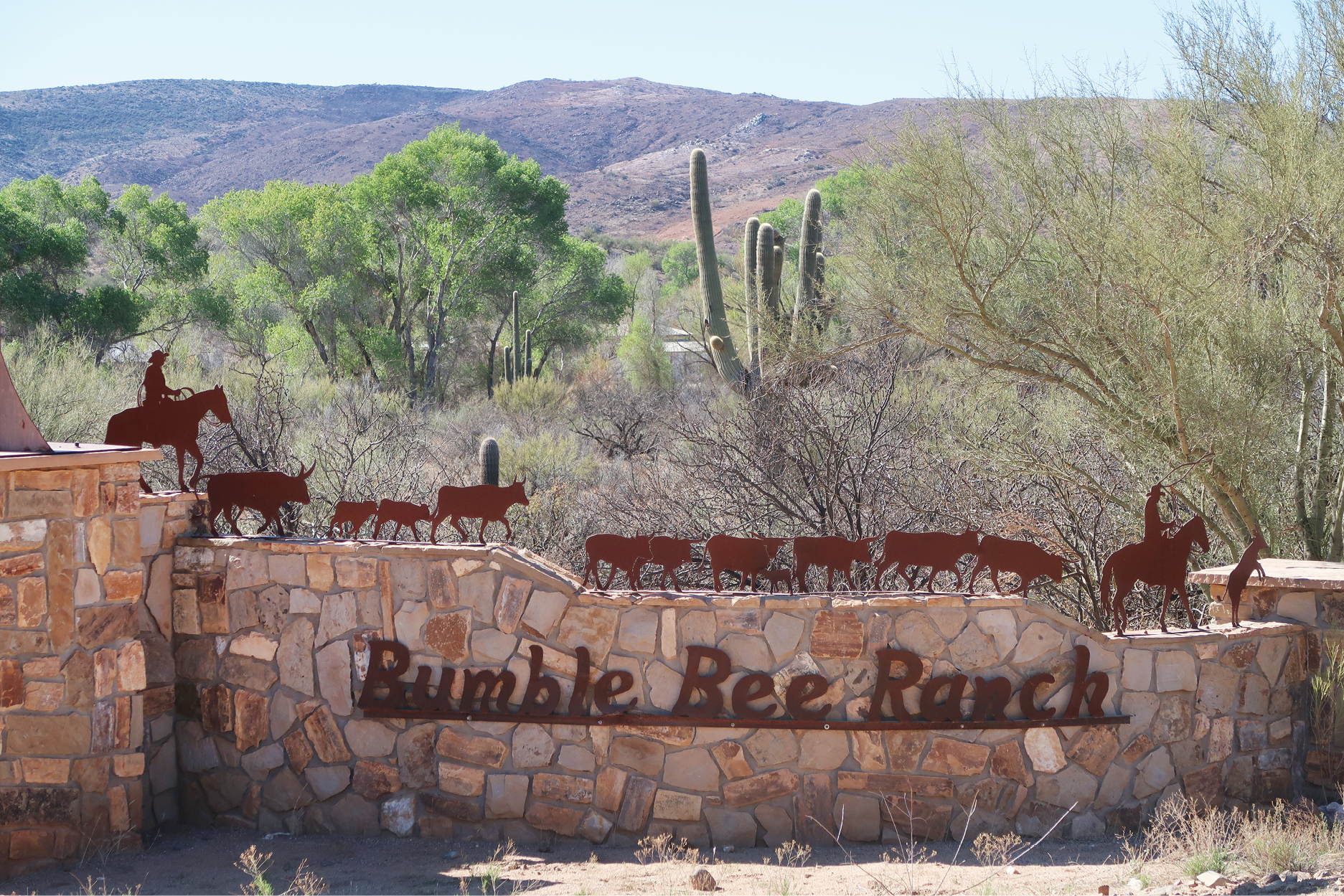
We decided to check out the Government Springs Trail and part of the Black Canyon Trail. We rode straight across from the ranch and worked our way to the saddle between the first ridge on the right and large mountain to the left. The trail was easy going and on a side hill without any dropoffs. The scenery is straight out of a Louis L’Amour Western novel, featuring statuesque saguaro, palo verde trees, and rambling prickly pear cacti.
If you choose to leave your horses at home, the ranch also provides private guided trail rides and advertises the most well-mannered trail horses west of the Mississippi-—perfect for riders of all skill levels.
For a riding adventure you’ll never forget, be sure to check out one of the ranch’s cattle drives. During the first hour you’ll traverse through rugged Western country looking for cows. The second part of your ride will involve driving the cattle back to the arena. All of the riders partaking in the cattle drive are broken into teams; each team takes turns going into the herd, cutting a specific cow from the herd, and driving it to the other end of the arena. This gives riders the opportunity to hone a new set of riding skills and develop an appreciation for working cattle.
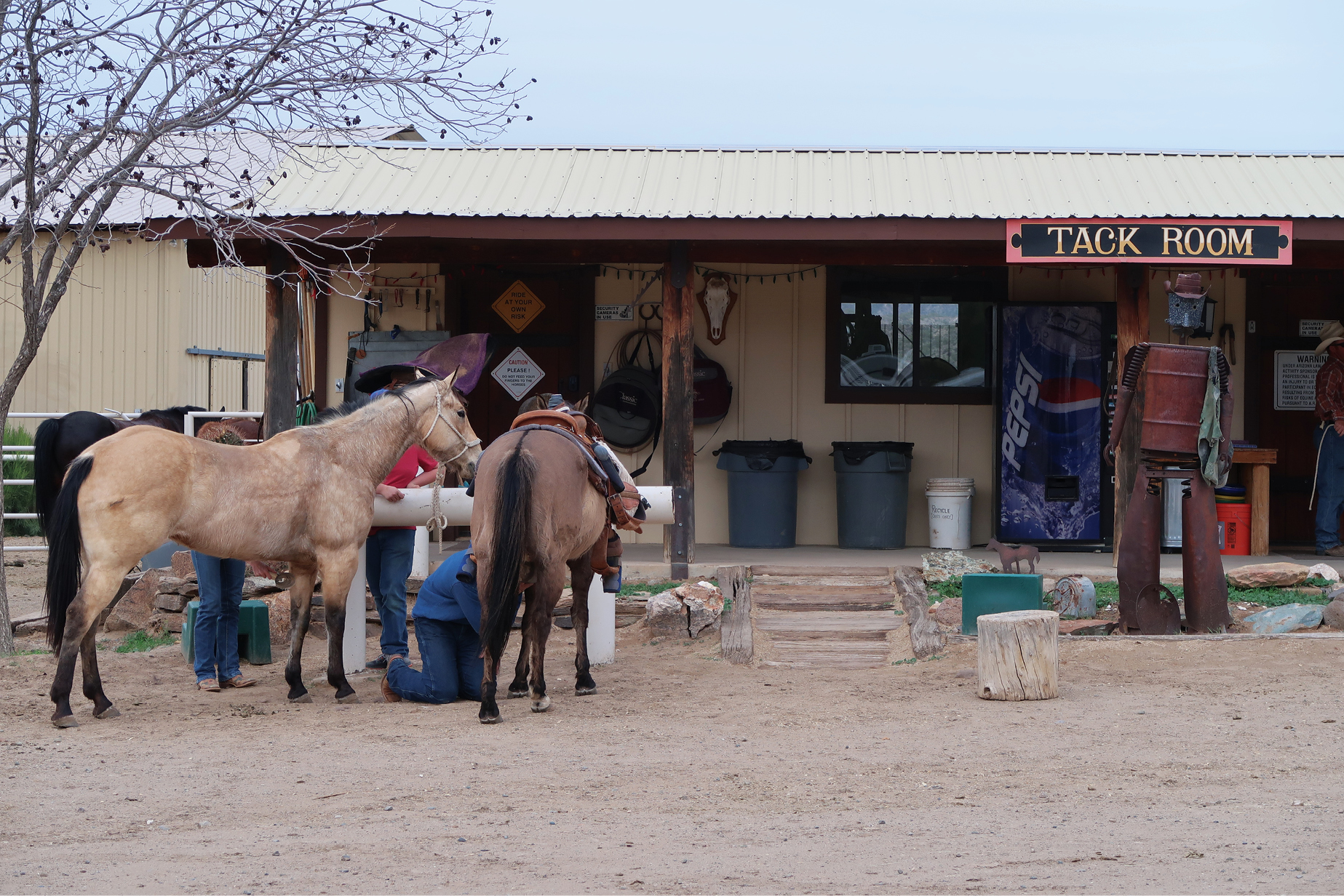
The best way to end a fun-filled day at Bumble Bee Ranch is by indulging in the cowboy cuisine. Whether you go for the baby back ribs or choose the ribeye dinner, their delicious country-style grub cooked in their award-winning kitchen will knock you off your feet.
The Ranch at Trails End
Our next stop was the Ranch at Trails End (theranchattrailsend.com), just on the eastern outskirts of Cottonwood and 20 minutes from Sedona. The location of the ranch offers beautiful views of the surrounding area, and the ranch’s porch is the perfect place to relax after a long drive and enjoy Arizona’s beautiful views.
Mary Boles, the owner, is a warm, welcoming woman who enthusiastically shared ranch stories and her dreams for the ranch with us.

The ranch is multi-versatile and offers both short- and long-term horse boarding. The horse accommodations were comfortable and spacious, with a round pen for training and large paddocks for general turnouts.
The Ranch at Trails End offers several different lodging options; you can choose to stay in your trailer, rent one of three bedrooms in the ranch house, or rent the entire ranch house. The house has a roomy kitchen and a great family room, and is located close to the corrals.
Boles, who has a bachelor’s degree in equestrian science and a master’s degree in counseling, offers equine-assisted workshops and retreats at the ranch. She combines her strong desire to help people and her love of horses into a belief that “new trails begin through the wisdom of the horse.”
We did one easy ride from the ranch, which was mostly open country, in and out of small hills dotted with straggling trees and scraggly brush. Every now and then we could see signs of encroaching civilization—back yards, barking dogs, and distant houses. By using the interconnecting trails, we were able to cover a lot ground and give the horses a good workout.
Dead Horse Ranch State Park
For a day ride, we trailered to the nearby Dead Horse Ranch State Park (azstateparks.com/dead-horse). This park consists of 423 acres of state land and surrounding Coconino National Forest land. Because it’s located at 3,300 feet elevation, the average temperature tends to be mild and attracts outdoor recreationists. A special feature of this park is the Verde River Greenway State Natural Area, a 6-mile section of river that flows through Dead Horse Ranch State Park. This river gives the park a unique ecosystem: a cottonwood and willow riparian gallery forest that attracts many birds and riparian critters.
There are campsites with no electrical hookups and corrals for horses; however, horses may not be left unattended. The park has a good trail map that features trails within the park and also show which trails are multiuse and horse-friendly.
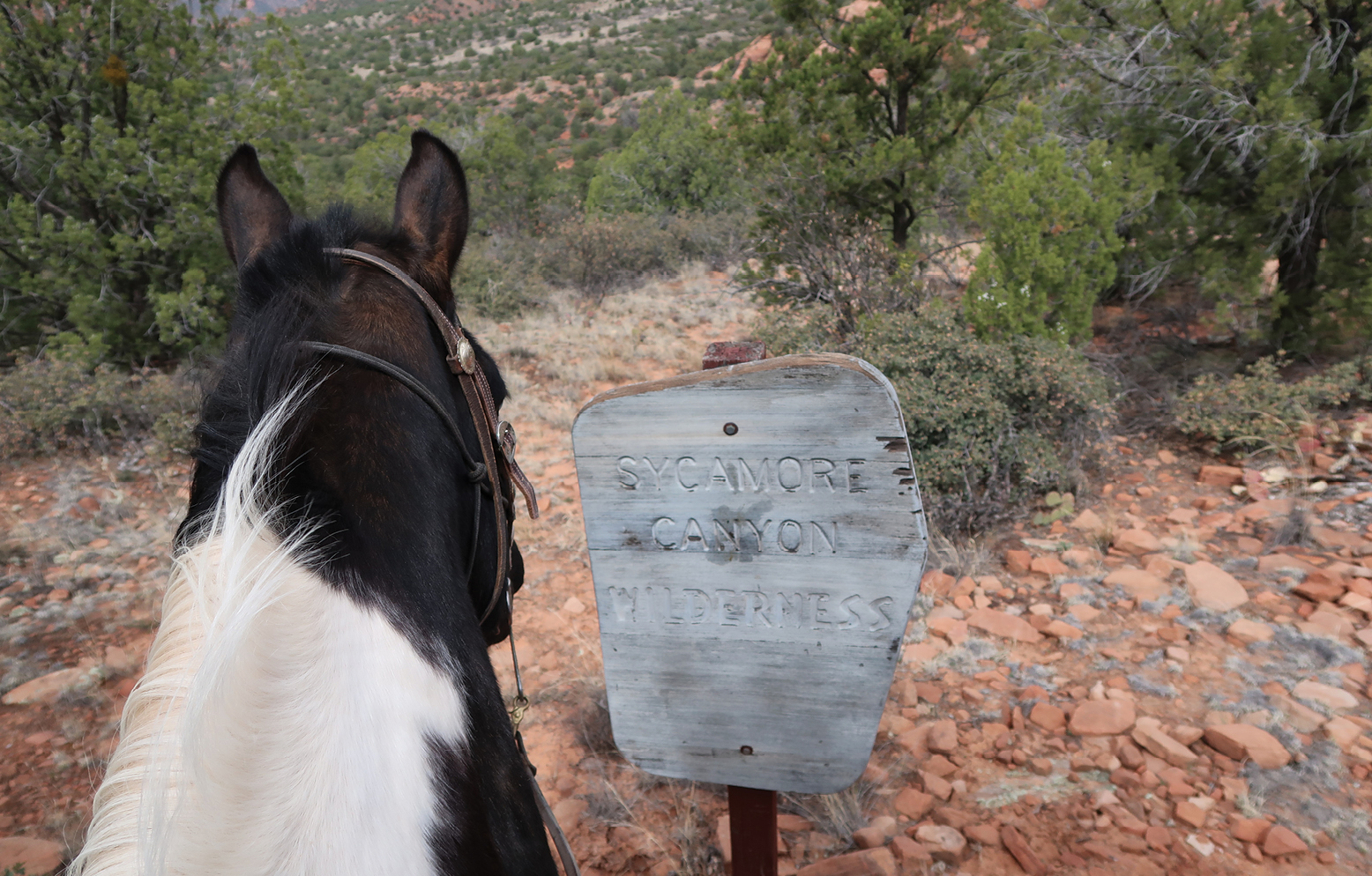
We did a loop trail by following the Lower Raptor Hill Trail 180, connecting to the Thumper Trail 131, and finishing with the Lime Kiln Trail 82. The state pamphlet suggests doing this loop counterclockwise. We preferred to do it this way because it’s easier going up the long, gradual lower raptor hill and it also allows you to see whether bicyclists are coming downhill.
This trail had beautiful wide, horizon views, and in the distance we could see the walls of Tuzigoot—a two-to-three story pueblo built by the 12th century Sinagua Indians. This 110-room village stands on a limestone/sandstone summit overlooking the Verde River Valley. It’s easy to imagine silent sentries still keeping watch. The village was excavated in the 1930s and is partially restored today with walking tours available and a museum (nps.gov/tuzi).
We rode past exposed hillsides with layers of white rock, like clotted cream, hugged by soft green creosote bushes. Our loop ride could have been extended by 7 miles or so if we would have added the Upper Raptor Hill, Rust Bucket, and Upper Bones Trail; however, both of us wanted to see Tuzigoot so we traded riding time for touring time.
[MORE TRAIL RIDING: TRAIL SOUND]
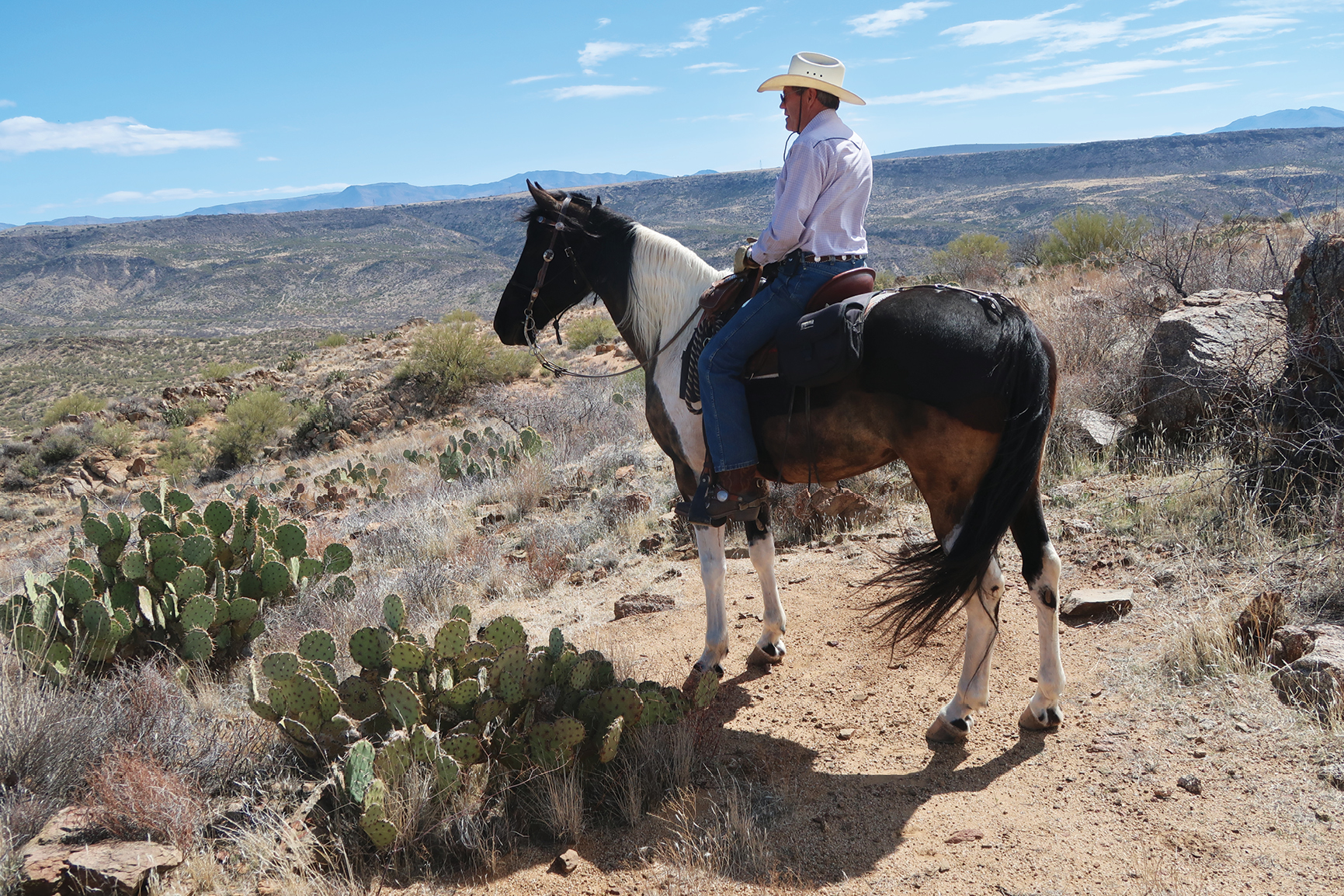
A Wilderness Adventure
We decided to take a little off-the-beaten-path adventure and travel to red rock country north of Cottonwood. There are no services, no corrals, and no water at this camp, so you’ll need to bring enough water for yourselves and your equine partners. For help in route-finding, purchase the Sedona, Arizona, outdoor recreation map from Beartooth Publishing (beartoothpublishing.com).
We left Cottonwood on Highway 89A going towards Sedona and traveled about 6 or 7 miles before turning left onto Forest Rd. 525. We followed this dirt road and Forest Rd. 525C for about 11 miles to our camp. This road was all right for living-quarter trailers, but conditions can vary. We camped near the junction of Forest Rd. 525C and Forest Rd. 9530—it’s not advisable to take a large trailer past this point. There are several larger, flat campsites a mile or so before this point. Although our camp had no amenities, it had the best amenity of all: its views! We could gaze across the valleys towards red rocks and prominent buttes.
Sycamore Canyon Wilderness
We did three rides from our camp. The first was to Sycamore Canyon Wilderness where we rode about 1.5 miles up Forest Rd. 525C to the trailhead at the road’s end. Our trusty horses took us up to Sycamore Pass and the boundary to Sycamore Canyon Wilderness. This wilderness consists of 56,000 acres of rugged Western beauty. The main geologic feature of the region is Sycamore Creek, which flows in the canyon bottom dissecting the wilderness. Surrounding this are lofty spires and buttes consisting of red sandstone, white sandstone, and even some brown lava.
As we rode, we kept an eye out for ring-tailed cats, black bears, mountain lions, elk, deer, rattlesnakes, and scorpions that inhabit the area. Thankfully we didn’t come across any during our ride.
If you decide to ride this trail, be sure to have fairly new shoes on your horse or use temporary hoof boots as the terrain is very rocky. On this trip there was no water in the canyon and no other reliable water sources for the horses, so be sure to have a plan in place to keep everyone hydrated and happy.
Mooney Trail
Our next ride was to the Mooney trailhead, which was a much easier trail than the first day. We rode our horses south on Forest Rd. 525C for a little over a mile to the gate and trailhead on the left before veering left toward Mooney Spring. If you were to go right, that trail would eventually take you to the Honanki Heritage Site, a Native American ruin.
While traveling up the trail’s ridge, look to the left, and you’ll see a prominent red bluff with a distinct large cave in the side. (This was destination of our next ride.) Eventually the Mooney Trail will come to the Red Rock Secret Mountain Wilderness. Continue into the 47,195-acre wilderness for more exploring on horseback.
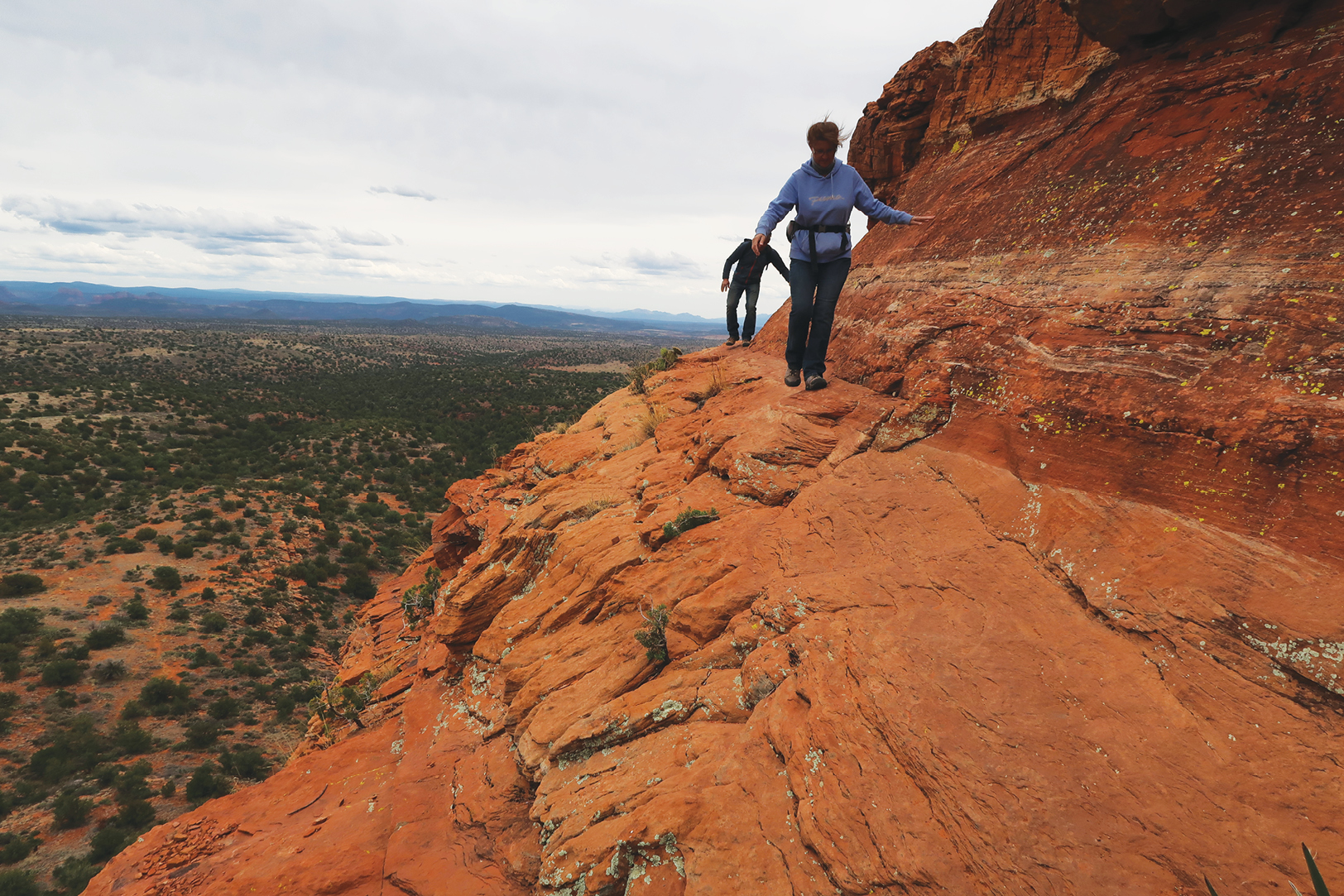
Robber’s Roost Cave
Our last ride was short, but spectacular in both scenery and spirit. From our camp we followed Forest Rd. 9530 to Robber’s Roost Cave. (For a longer ride, notice the gate on the right; you can ride through that and add a trip to Robber’s Roost’s water tank.) Continuing to the cave, when the rugged road ends, follow the trail going northeast in and out of a valley to the ridge beyond. You’ll need to tie your horses up to small trees here and continue on foot. There are no signs or a definite trail but start working your way on foot staying south on the left (east) side of the butte. In a short while you’ll come to a narrow cliffside ledge—be careful as the rock can be slick.

Follow the ledge and you’ll come upon the large cave, hollowed out by nature with two large openings. Enter the cave past the ancient ruin of a rock wall and notice metates or grinding holes on the floor. Then turn and look out the rock windows and enjoy the same view that has remained the same for eons. Spend some time and soak up the scenery and almost-spiritual quality of this special place.
